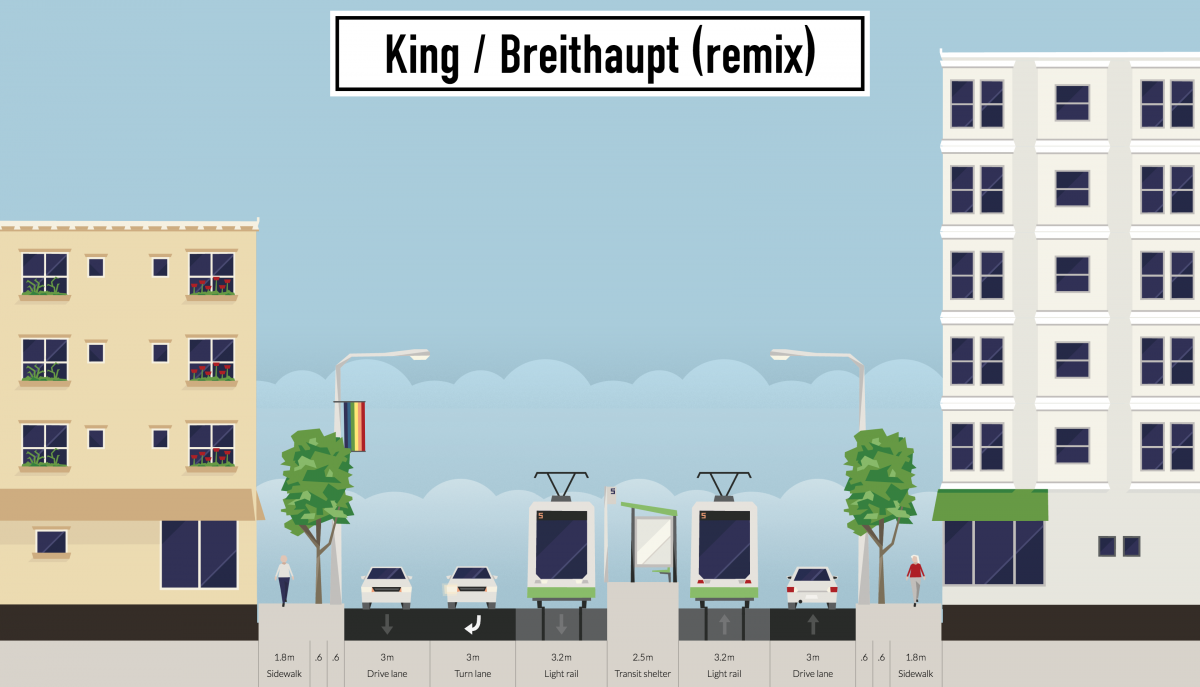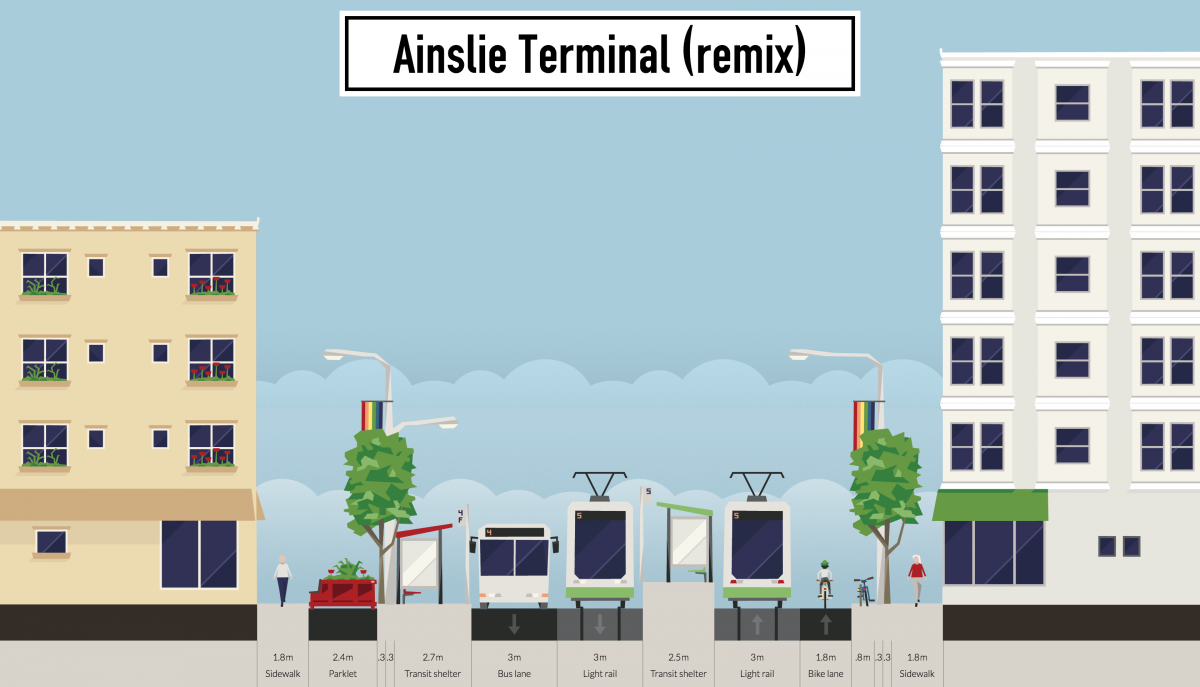Share
Smart Cities across the globe are utilizing open source applications to bring citizens together as they “hack the city”. This means creating a specialized Hack-A-Thon that focuses on creating open source, smart city centered solutions to city problems. Groups like Code for America are leading the charge in these Hack-Your-City events.
One of Code for America's open source projects is Street Mix, an online application that allows citizens to design streets that fit their needs. As Kitchener-Waterloo is facing a huge transit change with LRT, this program allows groups like TriTag to bring forth ideas of how LRT Phase 2 (Cambridge and beyond) could look. It can also increase engagement between citizens and the various governmental agencies involved in the urban planning and design.
Using the program, I took the time to re-imagine two areas: the intersection where our Kitchener office is located (King / Breithaupt) and Ainslie Terminal (LRT Phase 2). This is such an intuitive, easy to use application. While it does limit the width of the street and the amount of variation you can give to an object, this is hands down one of the best open source tools for citizen engagement in regards to transportation.

This design doesn’t go too far from what is currently being built; however, as construction continues, this picture highlights what our intersection should look like when LRT construction is complete.

This is where I really fell hard for the program. As the Cambridge phase of LRT comes after the completion of the Kitchener-Waterloo lines, I got to fulfill all of my dreams for the final hub. I went full out: parkettes, bike lanes, no car lanes, and plenty of walking space.


